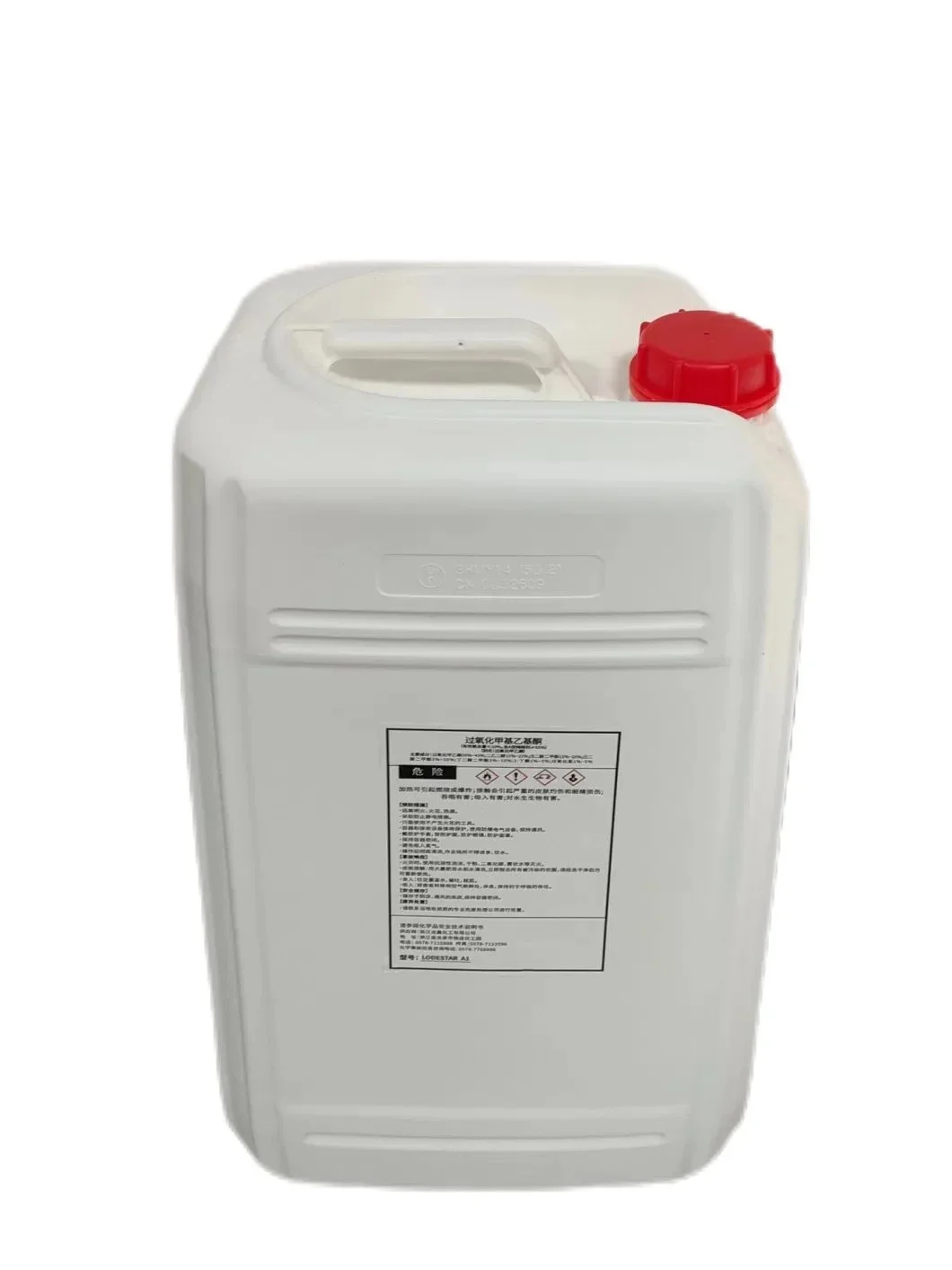How to Properly Handle and Store Curing Agents for Safety
Curing agents are essential components in various industrial applications, particularly in the field of polymer chemistry. They play a crucial role in the curing process of resins, adhesives, and coatings, ensuring that materials achieve their desired properties. However, handling and storing curing agents, such as Methyl Ethyl Ketone Peroxide (MEKP), requires careful attention to safety protocols due to their hazardous nature. In this article, we will explore best practices for safely handling and storing curing agents, with insights from Hengqi, a leader in providing high-quality chemical products.

Understanding Curing Agents
Curing agents, like MEKP, are used to initiate the curing process in unsaturated polyester resins. They are commonly found in applications involving fiberglass, artificial agate, craft casting, and more. MEKP is a powerful organic peroxide that requires specific handling and storage conditions to prevent accidents and ensure safety.
Key Properties of MEKP:
- Appearance: Clear liquid
- Active Content: 9%-13%
- Flash Point: ≥60°C
Safe Handling Practices
1. Personal Protective Equipment (PPE)
When handling curing agents like MEKP, it is essential to wear appropriate personal protective equipment. This includes:
- Chemical-resistant gloves
- Safety goggles or face shields
- Lab coats or aprons made from non-porous materials
- Respirators if ventilation is inadequate
2. Work in a Well-Ventilated Area
Ensure that you are working in a well-ventilated environment to minimize inhalation risks. If possible, use fume hoods or local exhaust ventilation systems to keep the air free from harmful vapors.
3. Avoid Direct Skin Contact
Curing agents can cause skin irritation or allergic reactions upon contact. Always handle these substances with care and avoid direct skin contact by using tools or equipment designed for this purpose.
4. Proper Mixing Techniques
When mixing curing agents with resins or other chemicals, follow the manufacturer’s instructions carefully. Use clean, dry containers and tools to prevent contamination. Always add the curing agent to the resin rather than the other way around to minimize exothermic reactions.
5. Immediate Cleanup
In case of spills or leaks, clean them up immediately using appropriate absorbent materials. Dispose of waste according to local regulations and guidelines for hazardous materials.
Safe Storage Practices
1. Storage Conditions
Curing agents should be stored in a cool, dry place away from heat sources and direct sunlight. The recommended storage temperature for MEKP should not exceed 30°C.
2. Isolation from Incompatible Materials
Curing agents should be kept away from accelerators, metals, and reducing agents that could cause dangerous reactions. It’s crucial to store them in designated areas that are clearly labeled as hazardous material storage.
3. Use Proper Containers
Always store curing agents in their original containers or approved chemical storage containers that are compatible with the material. Ensure that containers are tightly sealed when not in use to prevent evaporation or leakage.
4. Labeling
All containers should be clearly labeled with the contents, hazard warnings, and the date of receipt. This practice helps ensure that anyone handling the materials is aware of their properties and risks.
5. Regular Inspections
Conduct regular inspections of storage areas for signs of leaks, spills, or deterioration of containers. Address any issues immediately to maintain a safe working environment.
Emergency Procedures
Despite best efforts at safety, accidents can happen. It’s essential to have emergency procedures in place:
1. Emergency Contacts: Keep a list of emergency contacts readily available.
2. Material Safety Data Sheets (MSDS): Ensure that MSDS for all chemicals are accessible to all employees.
3. Spill Kits: Have appropriate spill kits on hand for quick response to any leaks or spills.
4. First Aid: Be familiar with first aid procedures related to chemical exposure and ensure that first aid kits are stocked and accessible.
Conclusion
Properly handling and storing curing agents like Methyl Ethyl Ketone Peroxide is critical for maintaining safety in industrial environments. By adhering to best practices such as wearing appropriate PPE, ensuring proper ventilation, following safe storage protocols, and having emergency procedures in place, you can significantly reduce the risks associated with these chemicals.
At Hengqi, we prioritize safety alongside quality in our chemical products. Our commitment extends beyond providing high-quality curing agents; we also strive to educate our customers on safe handling practices to ensure a safe working environment for everyone involved.
If you have any questions about our products or need further information on safe handling practices, feel free to reach out! Together, we can create a safer workplace while achieving excellent results with our high-quality chemical solutions.




